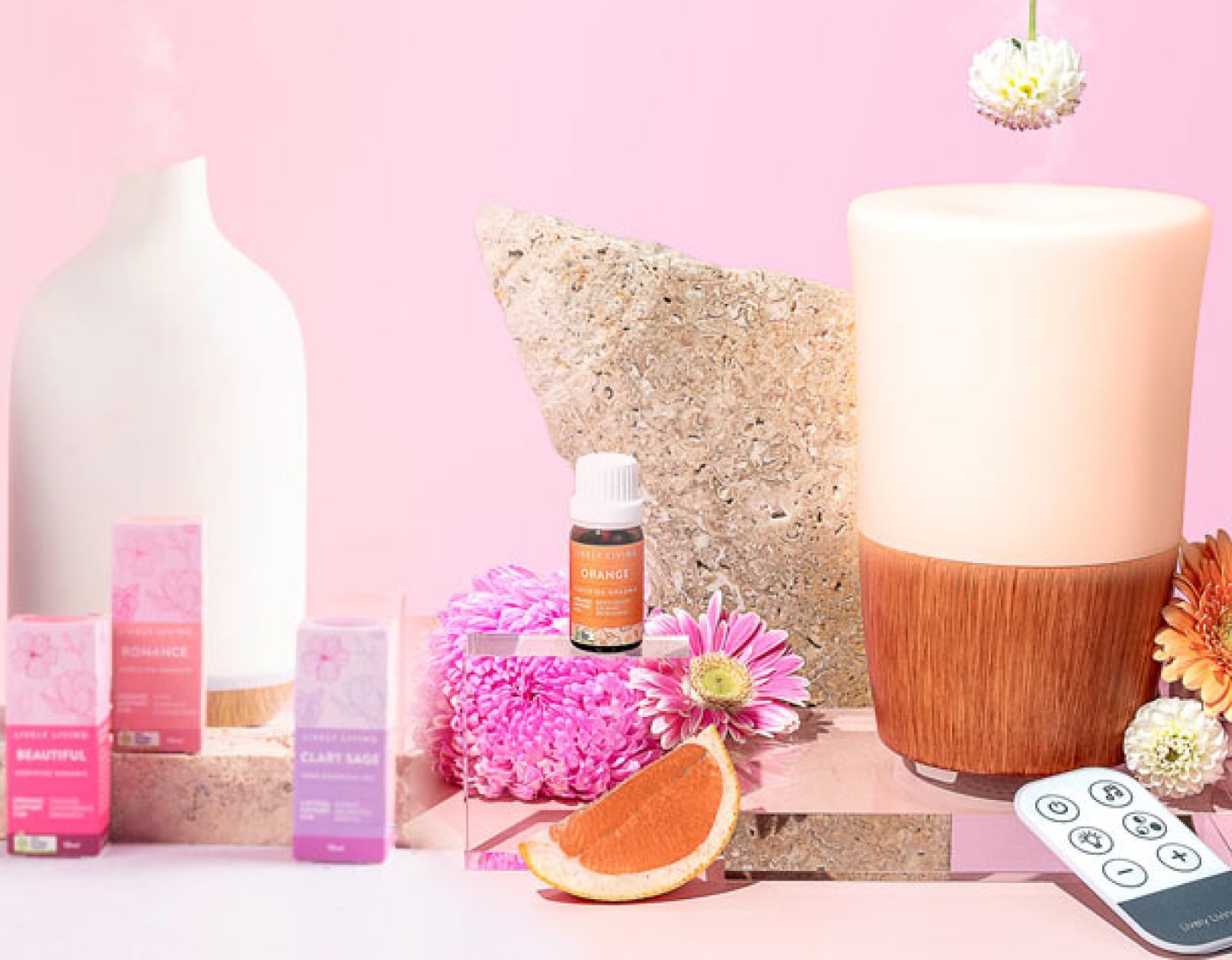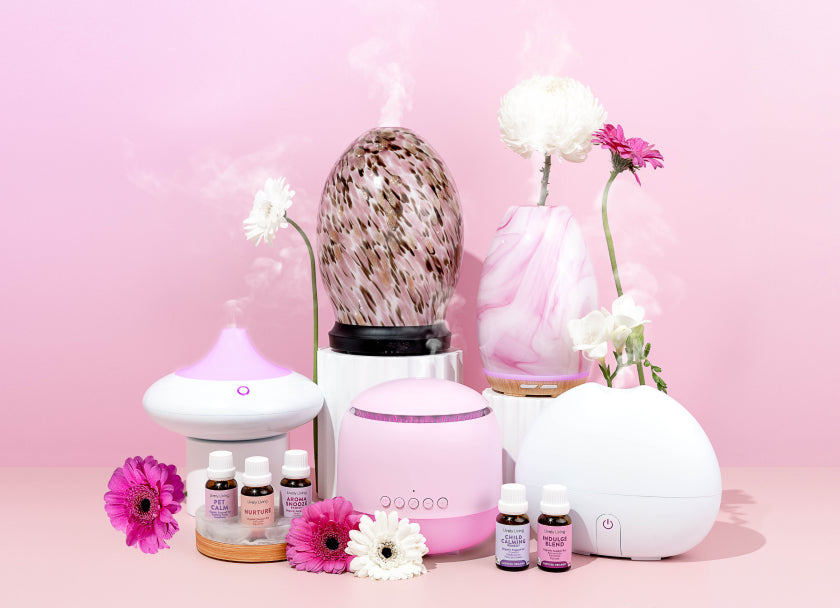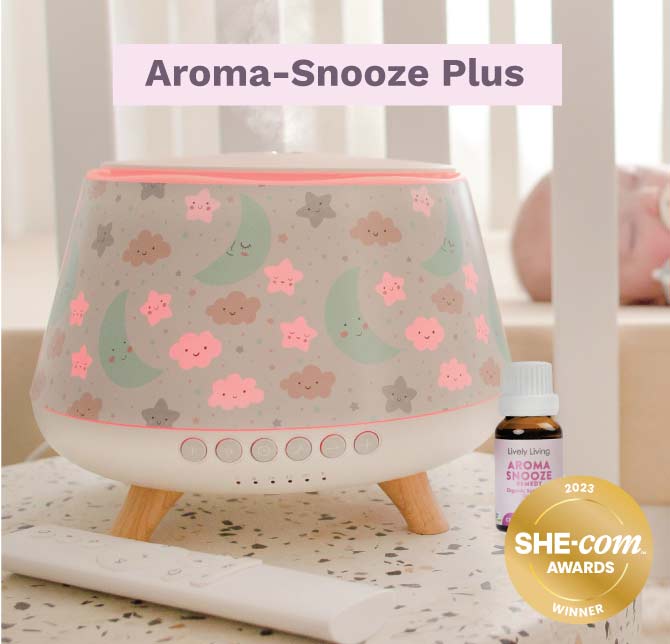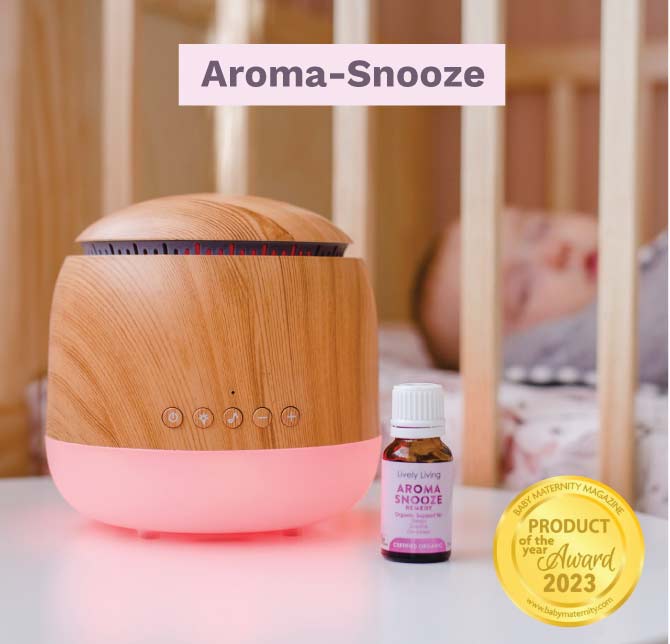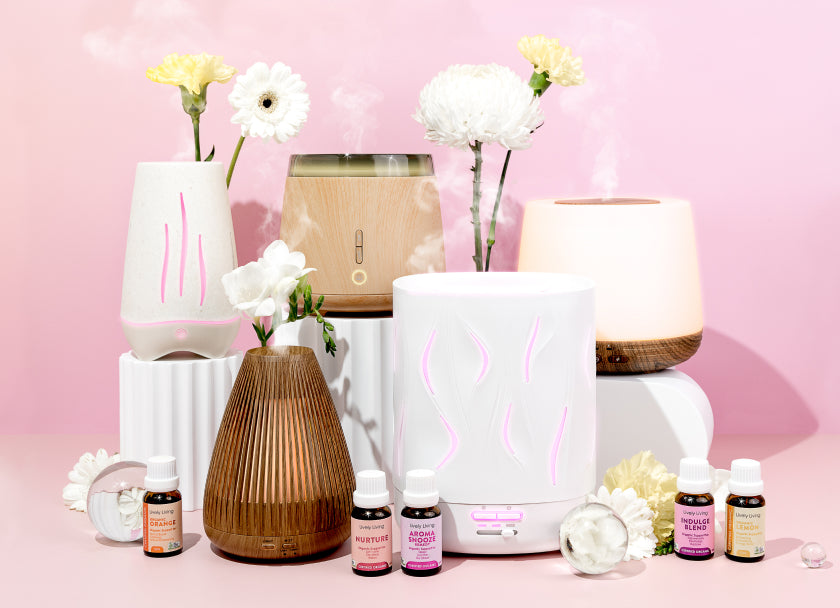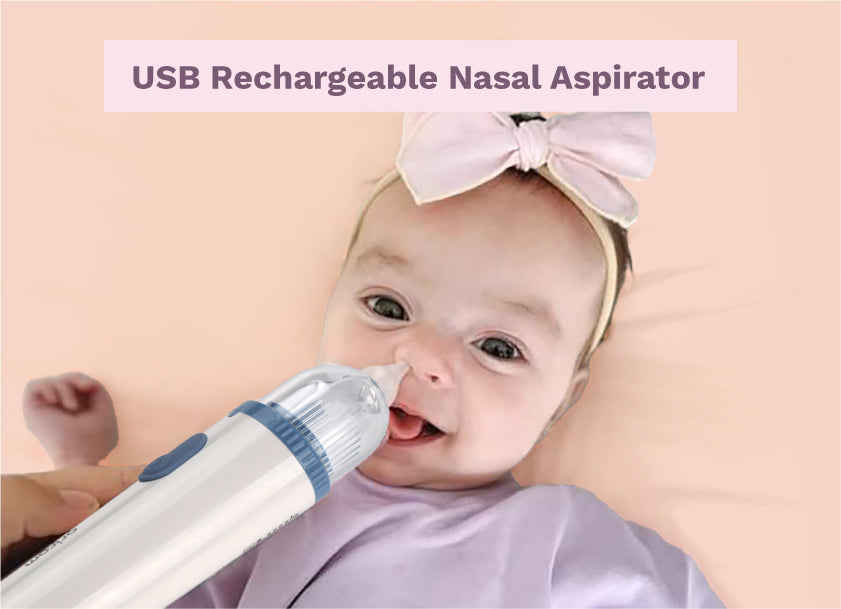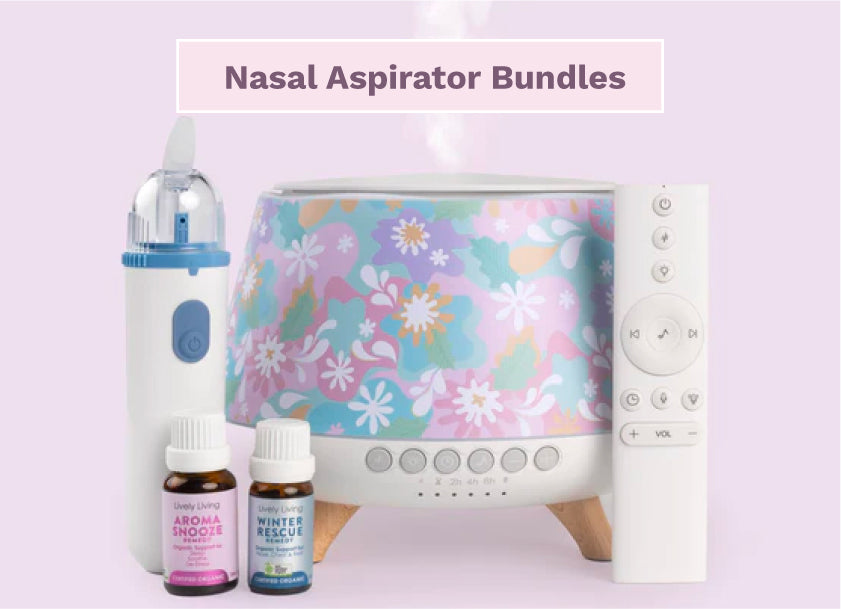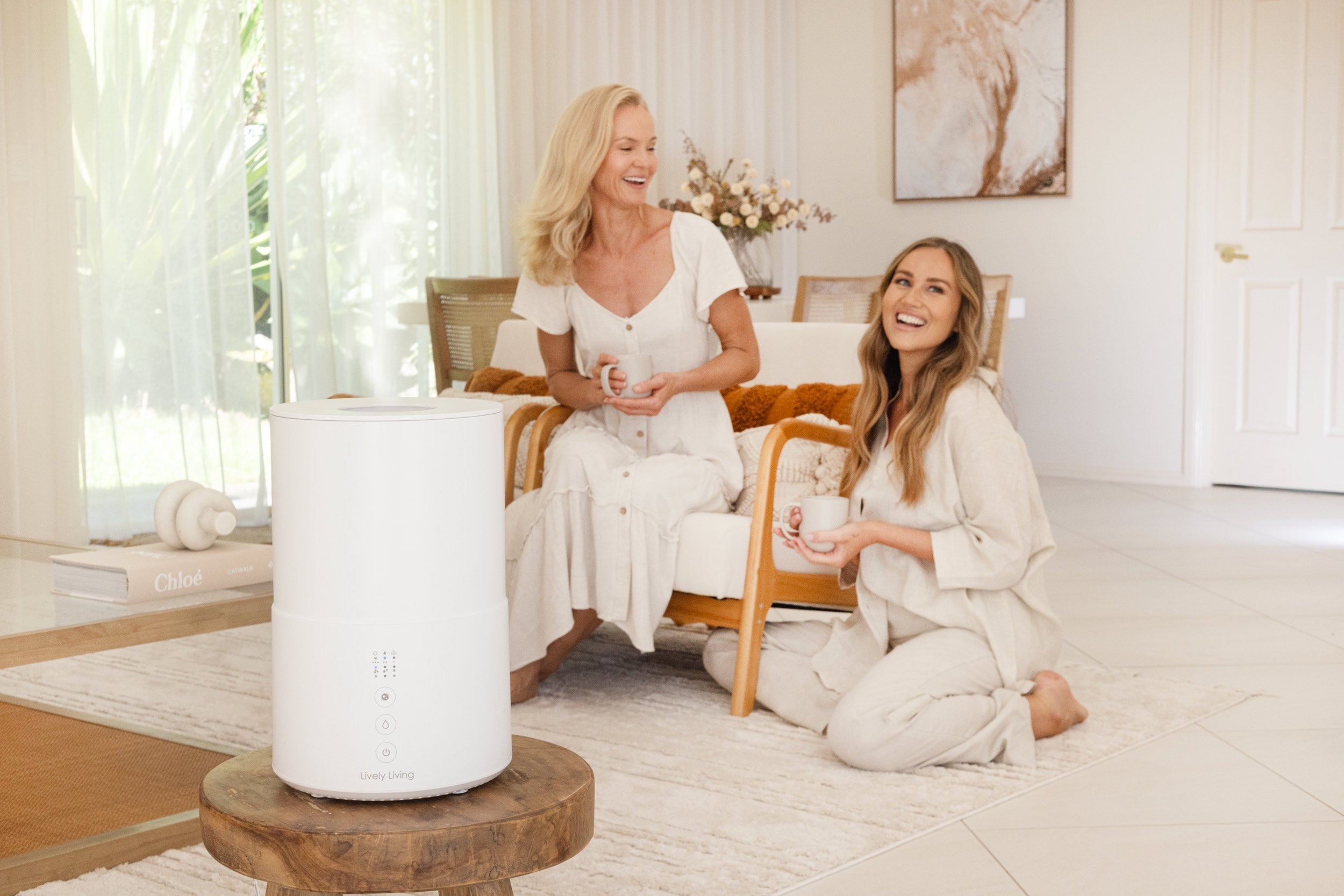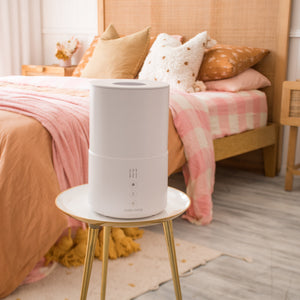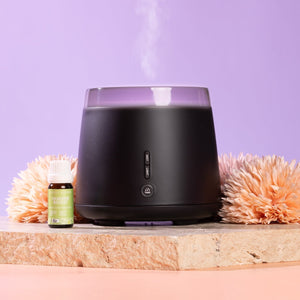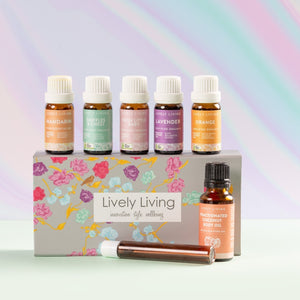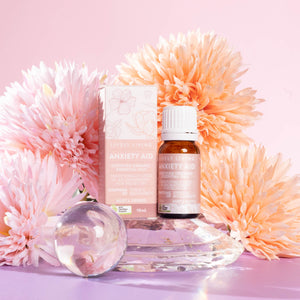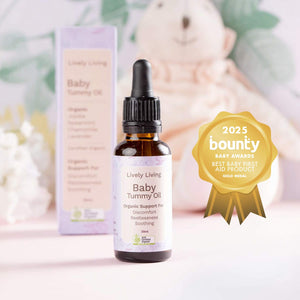Boost Your Space with a Safe Air Purifier Sterilizer
Have you ever stopped to think about what's really floating around in the air inside your home? We often worry about pollution outside. But the air inside might be holding onto things you'd rather not breathe, potentially impacting your family's health and comfort. Why boost your space with a air purifier sterilizer?
Thinking about clean air brings many people to consider an air purifier, but what if you could go a step further with an safe air purifier sterilizer? It sounds intense, maybe even a bit like science fiction. But it's a real technology designed to tackle microscopic unwanted guests circulating within your living space.
If you're someone who appreciates a fresh-smelling home, perhaps using diffusers for ambiance, you likely care about the actual quality of the air you breathe. This type of air purifier sterilizer aims to provide the cleanest, healthiest air possible by not just trapping, but neutralizing contaminants.
Table Of Contents:
- What's Really Hiding in Your Home's Air?
- How Most Air Purifiers Work (And Their Limits)
- Enter the Air Purifier Sterilizer Concept
- Spotlight on EOW Technology: How Sterilization Happens
- The Big Perks: Benefits of Using an Air Purifier Sterilizer
- What About Adding Essential Oils?
- Comparing Sterilization Technologies
- Who Can Benefit Most from This Technology?
- Choosing a Unit: Things to Consider
- Conclusion
What's Really Hiding in Your Home's Air?
Your home is your sanctuary, right? It feels safe and clean compared to the outside world. Unfortunately, modern homes, often sealed for energy efficiency, can trap pollutants more effectively than the outdoors.
Common culprits include dust mites, pollen tracked in from outside, pet dander from furry friends, and even invisible mould spores thriving in damp areas. The Environmental Protection Agency (EPA) highlights how indoor air can sometimes be significantly more polluted than outdoor air in certain locations.
Then there are microorganisms like bacteria and viruses. These tiny organisms can become airborne, especially when someone is sick, spreading easily through shared air. Cooking fumes, smoke particles, and volatile organic compounds (VOCs) released from furniture, carpets, paints, and cleaning products also add to this invisible mix.
This atmospheric cocktail consists of particles and organisms you probably don't want your family inhaling constantly. Poor indoor air quality can contribute to various health issues, ranging from allergies and asthma flare-ups to headaches and fatigue.
![]()
How Most Air Purifiers Work (And Their Limits)
Many people turn to standard air purifiers to combat indoor air pollution. These devices typically use filters, most commonly HEPA filters. HEPA stands for High Efficiency Particulate Air, a standard ensuring the filter captures at least 99.97% of airborne particles 0.3 microns in size.
These filters excel at trapping larger particles like dust, pollen, pet dander, and smoke particles. They work by forcing air through a dense, multi-layered mesh, physically catching these contaminants. Think of it like a very sophisticated and extremely fine net.
Some purifiers also incorporate activated carbon filters. These use porous carbon material to adsorb gases and odors, tackling smells from cooking, pets, or chemicals. This combination addresses both particulate matter and some gaseous pollutants effectively.
However, typical filters primarily trap contaminants; they don't always destroy microscopic organisms like bacteria or viruses efficiently. While trapped, these microbes might remain viable on the filter surface. If filters aren't replaced regularly as recommended, they can become saturated, lose effectiveness, and potentially even become a breeding ground themselves.
Filter replacement is also an ongoing maintenance task and cost associated with traditional air purifiers. Depending on the model and air quality, filters might need changing every few months to a year.
Enter the Air Purifier Sterilizer Concept
So, what makes an air purifier sterilizer different? It adds an active neutralization step to the process. Instead of just trapping particles and microbes, it aims to actively inactivate or destroy living microorganisms like bacteria, viruses, and mold spores.
The objective shifts from merely cleaner air to genuinely sterilized air. This involves significantly reducing or eliminating viable pathogens, not just catching them in a filter where they might potentially survive or multiply. It's about disrupting their ability to cause harm or reproduce.
This technology introduces an additional layer of defense for improving your home's air quality. Lively Living Safe Air Purifer achieves this sterilization, with Electrolyzed Oxidizing Water (EOW) technology.
Spotlight on EOW Technology: How Sterilization Happens
One advanced method used in some air purifier sterilizers involves Electrolyzed Oxidizing Water (EOW). This might sound complex, but the underlying principle uses basic chemistry. It starts with ordinary tap water (H2O) and applies a process called electrolysis.
Inside the device, an electric current passes through the water. This electrical energy breaks down the water molecules (H2O) into various reactive ions and radicals. These highly reactive components are the key to the sterilization process.
Key components generated include hydroxyl radicals (-OH), atomic oxygen ([O]), hydrogen ions (H+), and hydroxide ions (OH-). These are potent oxidizing agents. This simply means they readily react with other substances, particularly the organic molecules that make up microorganisms.
When these reactive oxygen species are dispersed into the room's air, often carried by a fine, cool mist, they encounter airborne bacteria, viruses, mold spores, and other pathogens. The oxidizing ions attack the cell walls, proteins, and genetic material (DNA or RNA) of these microbes. This disruption effectively damages them, stopping their replication and rendering them harmless.
An interesting aspect of EOW technology, like that used in the Lively Living Safe-Air Purifier mentioned by some retailers, is its byproduct profile. After neutralizing pathogens, these reactive ions tend to recombine and revert back into ordinary water (H2O) or oxygen (O2). This means the sterilization process can occur without leaving behind chemical residues or producing potentially harmful byproducts like ozone, which can be a concern with some other air cleaning technologies.
Furthermore, this EOW-based system primarily rely on the electrolyzed water for sterilization, eliminating the need for frequent replacement of expensive HEPA or carbon filters for the germ-killing function itself.
Maintaining an EOW system typically involves keeping the water tank filled with tap water and periodic cleaning of the electrolysis components to prevent mineral buildup, similar to maintaining a standard humidifier.
The Big Perks: Benefits of Using an Air Purifier Sterilizer
Okay, the technology sounds advanced, but what practical advantages does it offer for your home and health? Let's examine the real-world benefits of incorporating sterilization into air purification.
Seriously Tackles Germs and Bacteria
This is the core advantage. The sterilization process, particularly with methods like EOW, is specifically aimed at destroying airborne microorganisms. Some devices employing this technology claim high efficacy rates, potentially eliminating a very large percentage of common airborne bacteria and viruses
Consider the impact during cold and flu season, or the general circulation of germs when kids return from school or daycare. Having a device actively working to neutralize these invisible threats can provide significant peace of mind. This is especially valuable for households with young children, elderly members, or individuals with compromised immune systems.
Offers Relief from Allergy Symptoms
While standard HEPA filters are excellent at trapping common allergens like pollen, dust mite fragments, and pet dander, sterilization adds another layer of defense. It can help break down the biological structures of these allergens. More importantly, it actively targets mold spores, a frequent trigger for allergies and respiratory problems.
Mold spores can be difficult to eliminate completely, especially in humid environments. By reducing the viability and concentration of airborne mold spores, an air purifier sterilizer can make a noticeable difference for allergy sufferers. Fewer irritants in the air mean fewer triggers for symptoms like sneezing, itching, congestion, and watery eyes.
May Help Manage Asthma Symptoms
Asthma triggers are diverse and can include dust mites, mold spores, pet dander, VOCs, and even respiratory infections caused by viruses. While individual triggers vary, maintaining cleaner air with fewer irritants is generally beneficial for respiratory health.
By actively reducing these common airborne triggers, an air purifier sterilizer can help create a more stable and safer breathing environment for individuals with asthma. Reducing exposure to irritants can lessen airway inflammation, potentially leading to easier breathing, fewer symptoms, and possibly a reduced frequency of asthma attacks.
Contributes to Better Sleep Quality
Trying to sleep soundly with a stuffy nose, itchy throat, or persistent cough is difficult. Allergens and irritants present in bedroom air can significantly disrupt sleep patterns. Nighttime congestion or snoring can sometimes be exacerbated by poor air quality.
Operating the Lively Living Safe Air Purifier sterilizer in the bedroom, especially asit is extremely quiet model designed for quiet operation, can help clear the air of these sleep disruptors. Breathing cleaner, less irritating air can lead to less congestion, reduced inflammation, and consequently, a more restful and restorative night's sleep for everyone in the household.
Creates a Fresher, Cleaner Feeling Home
Beyond the measurable health benefits, sterilized air often contributes to a subjectively cleaner and fresher atmosphere in the home. While not always its primary function, reducing populations of bacteria and mold can help eliminate the source of musty, stale, or unpleasant odors that these microorganisms can produce.
Furthermore, the Lively Living air purifier sterilizers, using EOW technology, incorporate a cool mist humidifier function. This gently adds moisture back into the air. This humidification can combat the dryness often caused by heating systems in winter or extensive air conditioning use in summer, improving overall comfort and reducing issues like dry skin or irritated nasal passages.

What About Adding Essential Oils?
Many individuals focused on creating a healthy and pleasant home environment also enjoy using essential oils for aromatherapy and potential wellness support. Is it possible to combine the benefits of an air purifier sterilizer with essential oil diffusion?
With certain sterilization technologies, especially those involving water electrolysis like EOW, adding oils directly into the main water tank used for sterilization is generally not recommended. The oils could interfere with the electrolysis process, potentially reducing sterilization effectiveness, and might even damage the sensitive components of the unit over time.
However, thoughtful product designs can accommodate this desire. Lively Living Safe-Air Purifier, feature a separate, small compartment or pad specifically designed for essential oils. You add a few drops of your chosen 100% pure essential oil to this designated area, completely separate from the main water reservoir.
The gentle mist generated by the unit's humidifier function can then pass over or near this compartment, picking up the aroma and dispersing it into the room along with the cleaned and humidified air. This clever separation allows users to enjoy both sterilized air and the pleasant scents of essential oils without compromising the unit's primary function or risking damage. Always follow the manufacturer's instructions and use high-quality essential oils safely, being mindful of children and pets who may be more sensitive.
Who Can Benefit Most from This Technology?
While virtually anyone can appreciate the benefits of cleaner, healthier indoor air, certain individuals and households might find an air purifier sterilizer particularly advantageous.
- Families with young children are often concerned about minimizing exposure to germs brought home from school, daycare, or playgroups. Creating a home environment with actively reduced airborne pathogens can support overall family wellness.
- Allergy sufferers frequently battling symptoms triggered by pollen, dust mites, pet dander, or mold spores may experience significant relief when these airborne irritants are not only trapped but also neutralized.
- People diagnosed with asthma or other chronic respiratory conditions often find that cleaner air is crucial for comfortable breathing and symptom management. Reducing airborne triggers is a key strategy.
- Pet owners managing pet dander, hair, and associated odors can benefit from the combination of particle filtration (if included) and the sterilization of potential airborne bacteria or allergens related to pets.
- Individuals with compromised immune systems need extra protection against infections. Reducing the load of airborne bacteria and viruses in their living space can be an important preventative measure.
- Residents of areas with high humidity where mold growth is a persistent concern might value the active reduction of airborne mold spores provided by sterilization technologies.
Essentially, if you are looking for a higher level of indoor air purification that goes beyond simple filtration to actively combat germs and biological contaminants, investigating an air purifier sterilizer is a logical next step.
Conclusion
Breathing clean, healthy air is fundamental to our overall well-being and daily comfort. While standard air purifiers equipped with HEPA filters do a commendable job trapping particulate matter, an air purifier sterilizer provides an enhanced level of protection by actively working to neutralize airborne microorganisms like bacteria, viruses, and mold spores.
Technologies such as Electrolyzed Oxidizing Water (EOW) offer innovative approaches, using simple tap water to generate powerful sterilizing agents, potentially reducing reliance on disposable filters and minimizing chemical byproducts. This method aims to deliver exceptionally clean air by addressing contaminants that filters alone might only capture.

